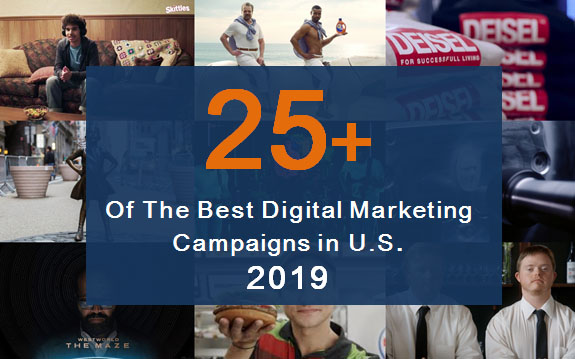Boosting Digital Marketing Campaigns with Targeted Digital Signage
Digital Marketing | Aug 26, 2024
With the landscape of digital marketing being such a rapidly evolving and shifting one, it is more important than ever to be able to stand out in every regard possible. You need to come up with innovative strategies and digital signage trends that can resonate with your target demographics, and when executed correctly digital signage can be a really powerful tool in this effort.
From amplifying marketing campaigns to driving conversations and engaging audiences, a comprehensive digital signage app can provide everything you need to boost your marketing. Let’s take a look at some of the crucial steps that need to be followed in order to achieve the most success.

Set Clear Goals
Before truly diving into the world that digital signage can open up for you, it is really important to establish a clear set of goals and objectives. What are you aiming to do? Increase brand awareness? Drive sales? Enhance customer engagement? Promote a new product?
Though linked, all of these objectives require slightly different digital approaches, and the sooner you can set out the trajectory of your campaigns, the better. Having clear goals gives you direction and gives you milestones against which you measure any success.
Establish Measurable Metrics
And speaking of those milestones, it is crucial to establish the kinds of metrics that are important to your cause. There are lots of different metrics to consider in the realm of digital marketing, from sales numbers to foot traffic to direct feedback to social media engagement, so think about which areas of your business need to be boosted by digital signage.
For example, if the main goal is to boost in-store sales, then tracking those figures both before and after a campaign will be able to give you tangible data for whether it worked or not.
Strategically Position Your Screens
The place of your digital signage is one of the most important elements of the entire process. It won’t matter how good a campaign design is if the desired audience doesn’t see it! You should always be positioning screens and displays in high-traffic areas so they can maximize their impact.
There are lots of factors to consider including ambient lighting, viewing angles, and the general flow of the footfall around the area. For instance, screens at entrances and check-out areas can aid customers in making those crucial decisions at critical shopping points, i.e. whether to enter a store or not, and whether to make the extra purchase or not.

Define Your Audience
The best digital marketing campaigns are the ones that have a very clear idea and vision of who their target audience is. You need to know whether you are aiming to catch the attention of families, professionals, millennials, Gen Z, and so on because these different groups require different strategies.
It really pays off to do a deep dive into demographic preferences and behaviors, so that you can craft your campaign in the most targeted ways in order to get the best use out of the digital signage at your disposal. For example, a campaign targeted at younger adults would suit vibrant visuals, whereas corporate professionals might prefer something more formal and sophisticated.
Curate Content Tailored For Your Audience
Once you have a laser focus on your audience, the next stage is to go about creating the content that is going to resonate with them. It needs to be engaging, relevant, and always aligned with the wider voice of your brand.
The best way to do this is by incorporating a mix of media, from videos to static images to interactive elements and more. The key thing to remember is that this campaign exists to capture attention and encourage further action, so anything to spark greater interest in your venture is ideal.
Segment Your Content Times
Timing is key in pretty much all areas of life, and marketing campaigns are certainly no exception. Different types of content are more effective when shown at different times of day, or at different points across a week.
For example, any type of promotional ‘lunch deal’ content is best displayed before midday to entice people at the moment. Utilizing all of the data analytics that come with a digital signage tool suite can be extremely helpful in determining your peak times and setting you an effective content schedule.
Focus On Interactive Campaigns
It has been proven that interactive content is able to capture audience attention in much more effective ways than traditional static content. This can take many forms, from QR codes that lead to exclusive content, to touch screens that invite exploration, to more advanced augmented reality experiences.
One of the best examples of this is digital signage that allows users to try on products in a virtual manner, enhancing their customer experience and potentially leading to higher sales figures.





